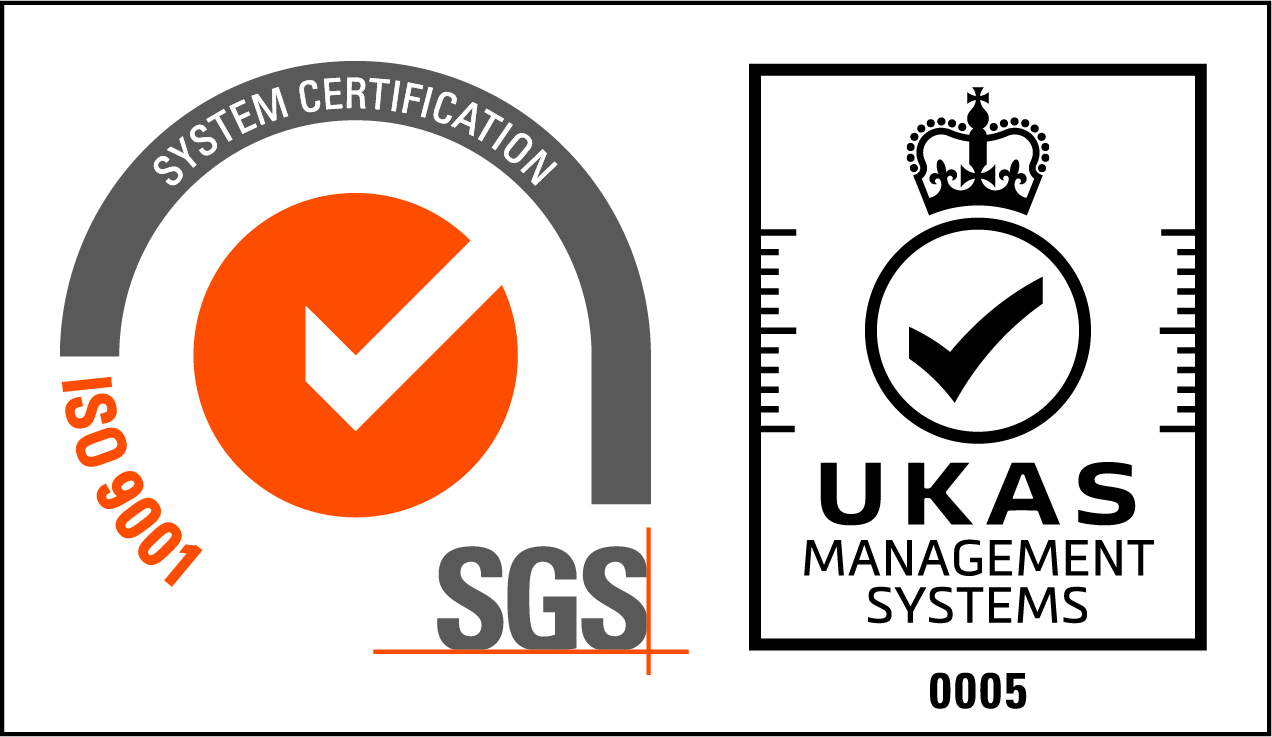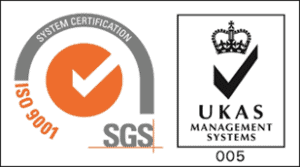In the era of rapid digital transformation, safeguarding sensitive information has become paramount for organisations worldwide. Enter ISO 27001, the gold standard in Information Security Management Systems (ISMS). This blog unravels the intricacies of ISO 27001, delving into key aspects like data protection, change management, risk management, compliance, and the management of data breaches. Additionally, we’ll explore the key differences between the 2013 and 2022 versions of the standard and address frequently asked questions (FAQs) to provide a comprehensive understanding. Find out more about our approach and how Quadra can help with ISO27001 and other ISO standards. We also offer ISO27001 training.
Safeguarding Sensitive Information: Data Protection in ISO 27001
Embracing Data Protection as a Core Tenet
ISO 27001 places data protection at its core, emphasising the need for organisations to establish robust controls and measures to ensure the confidentiality, integrity, and availability of information. The standard provides a systematic approach to identifying and managing data security risks, making it an indispensable framework for safeguarding sensitive data in an increasingly interconnected world. This YouTube video also provides some useful information on the standard:
Managing Change: Change Management in ISO 27001
Navigating Change Within the ISMS Framework
Change is inevitable, and ISO 27001 acknowledges this reality by incorporating change management as a fundamental element. The standard guides organisations in implementing a structured approach to managing changes in their information security processes. This ensures that modifications, whether in technology or procedures, are assessed, approved, and implemented without compromising the security posture defined by the ISMS.
Mitigating Risks: Risk Management in ISO 27001
Proactive Risk Mitigation Strategies
Risk management lies at the heart of ISO 27001, offering a proactive approach to identify, assess, and mitigate information security risks. By conducting risk assessments and implementing risk treatment plans, organisations can systematically address potential vulnerabilities. This not only enhances the resilience of their information security measures but also aligns with the broader risk management goals of the organisation.
Upholding Standards: Compliance in ISO 27001
Meeting Regulatory and Legal Requirements
ISO 27001 acts as a linchpin for organisations aiming to comply with a myriad of regulatory and legal requirements related to information security. The standard provides a framework for establishing and maintaining an ISMS that aligns with international best practices. This not only aids in achieving regulatory compliance but also instils confidence among stakeholders in the organisation’s commitment to information security.
Managing the Unthinkable: Handling Data Breaches in ISO 27001
A Comprehensive Approach to Incident Response
Data breaches can be catastrophic, and ISO 27001 equips organisations with a comprehensive approach to incident response. The standard outlines procedures for identifying, reporting, and responding to information security incidents, ensuring a swift and effective response to minimise the impact of a data breach. This proactive stance aligns with the growing importance of organisations being prepared to handle cybersecurity incidents in today’s digital landscape.
Evolving Standards: Key Differences Between the 2013 and 2022 Versions
Embracing Modernisation and Adaptability
The transition from the 2013 to the 2022 version of ISO 27001 brings notable changes. The 2022 version emphasises a more dynamic approach to risk management, aligning with the evolving threat landscape. It also introduces a stronger focus on the context of the organisation, ensuring that the ISMS is tailored to the specific needs and goals of each organisation. Furthermore, the 2022 version places a heightened emphasis on leadership engagement and commitment, recognising the crucial role leadership plays in the success of the ISMS. The standard has also been updated to reflect the changes in the approach to security required by SAAS (software as a service solutions) and also cloud computing.
Frequently Asked Questions
Q1: How does ISO 27001 contribute to data protection?
ISO 27001 provides a systematic approach to data protection by establishing controls and measures to ensure the confidentiality, integrity, and availability of information. It acts as a comprehensive framework for safeguarding sensitive data.
Q2: How does ISO 27001 address change management in information security processes?
ISO 27001 guides organisations in implementing a structured approach to managing changes in their information security processes. This ensures that modifications are assessed, approved, and implemented without compromising the security posture defined by the ISMS.
Q3: What role does risk management play in ISO 27001?
Risk management is a fundamental element of ISO 27001, offering a proactive approach to identify, assess, and mitigate information security risks. This enhances the resilience of information security measures and aligns with broader organisational risk management goals.
Q4: How does ISO 27001 aid in compliance with regulatory requirements?
ISO 27001 serves as a linchpin for organisations aiming to comply with regulatory and legal requirements related to information security. It provides a framework for establishing and maintaining an ISMS that aligns with international best practices.
Q5: How does ISO 27001 handle data breaches?
ISO 27001 equips organisations with a comprehensive approach to handling data breaches. The standard outlines procedures for identifying, reporting, and responding to information security incidents, ensuring a swift and effective response to minimise the impact of a data breach.
Q6: What are the key differences between the 2013 and 2022 versions of ISO 27001?
The 2022 version introduces a more dynamic approach to risk management, a stronger focus on the context of the organization, and a heightened emphasis on leadership engagement and commitment. These changes reflect the evolving threat landscape and the need for adaptability in information security management.
Conclusion
In conclusion ISO27001 provides an internationally tried and tested approach to managing information security and one which can help organisations to demonstrate to their existing and potential customer base, that information security is taken seriously and managed in accordance with the ‘gold’ standard.






